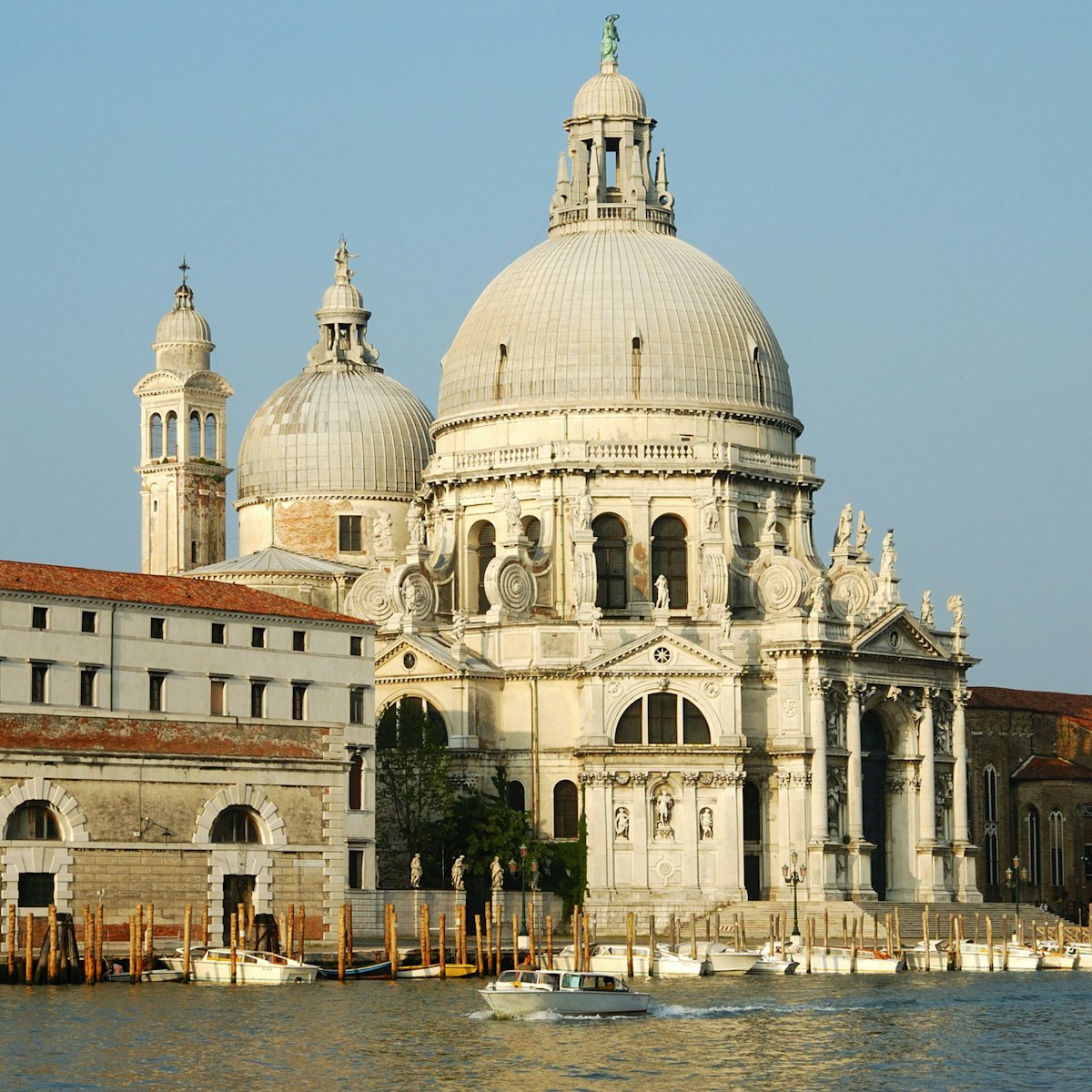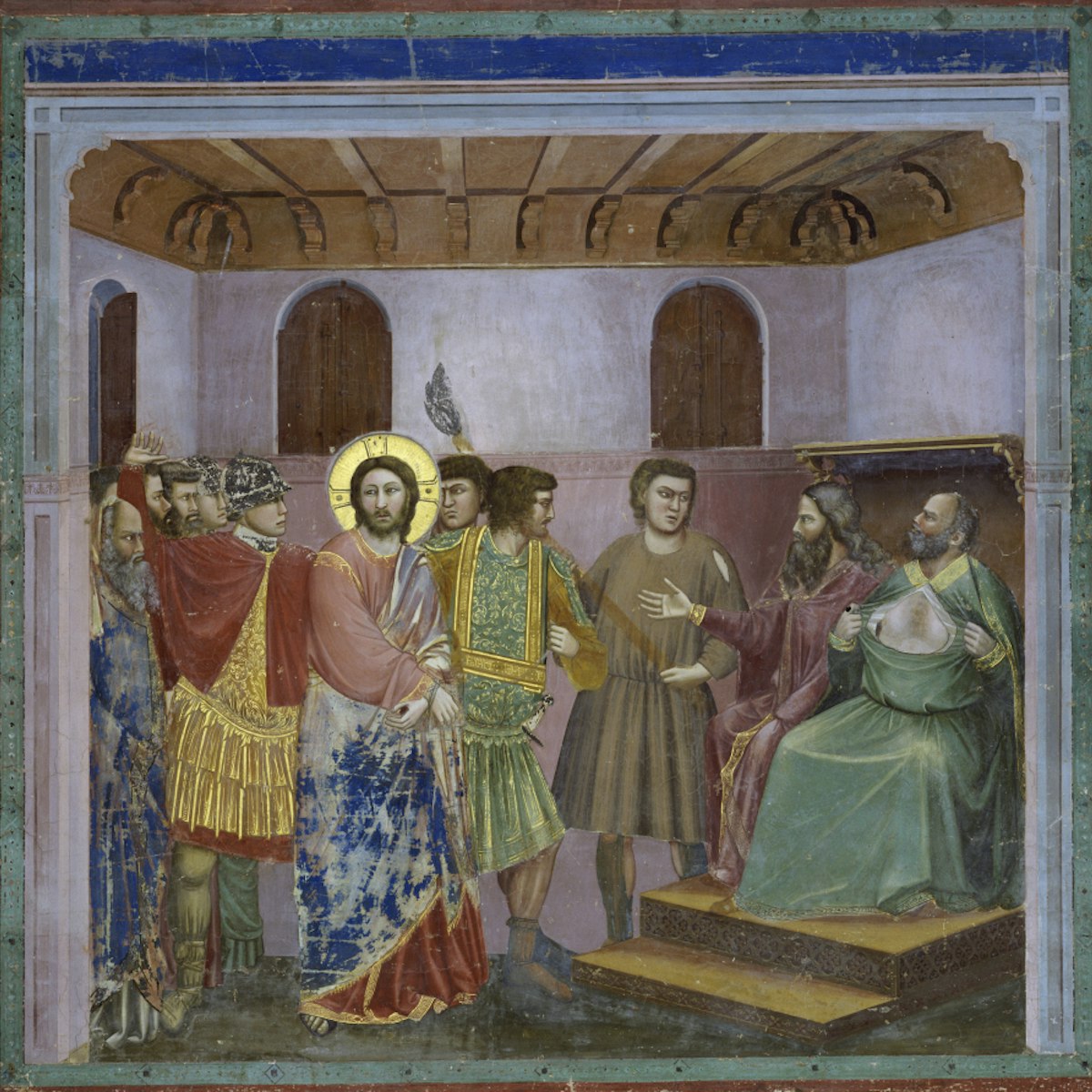Founded in the 9th century but almost completely rebuilt in the late 17th century, this church is distinguished by a series of six relief maps on its facade featuring Rome and five cities that were Venetian possessions at the time: Padua, the Croatian cities of Zadar and Split, and the Greek cities of Heraklion and Corfu. Inside are some intriguing masterpieces.
Two canvases by Tintoretto, each featuring two of the four evangelists, flank the organ. There's a small treasury in the Molin Chapel, although the real gem is Peter Paul Rubens' bare-breasted Madonna & Child with St John, featuring a characteristically chubby baby Jesus.
Admiral Antonio Barbaro commissioned Giuseppe Sardi to undertake the reconstruction of the church for the glory of the Virgin, Venice, and of course himself – his statue gets prime facade placement and the cities featured are all places where he served. This self-glorifying architectural audacity enraged 19th-century architectural critic John Ruskin, who called it a ‘manifestation of insolent atheism’.







